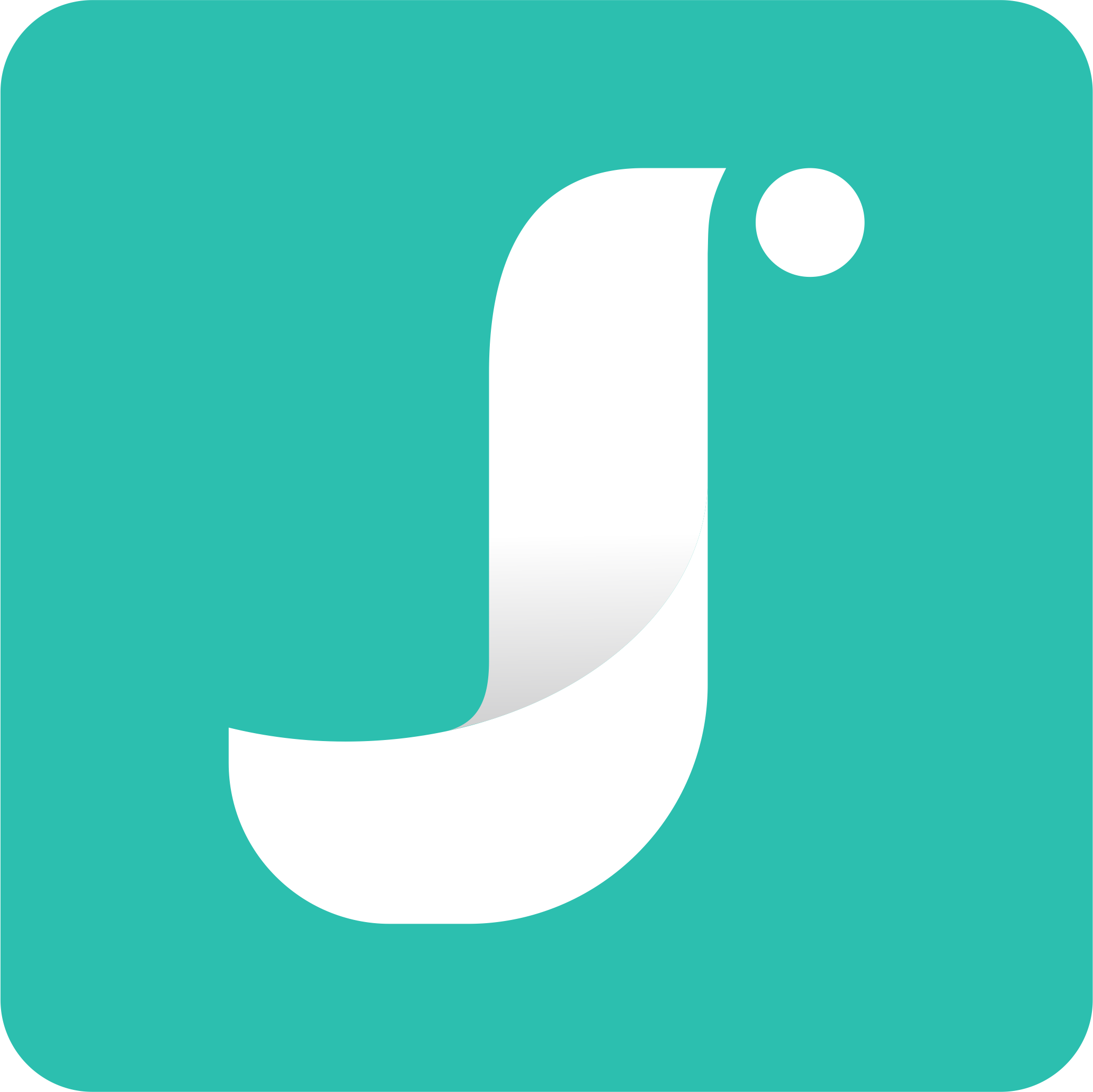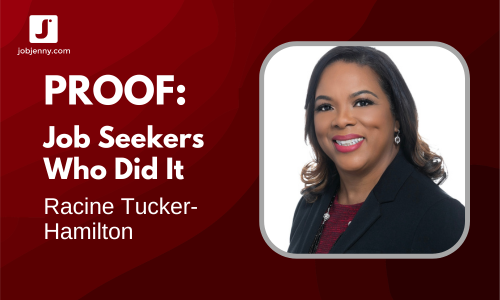Paint a picture that speaks to me (customize your freaking resume)
This is the fourth article in a four-part resume strategy series. It contains an excerpt from the soon-to-launch Ridiculously Awesome Resume Kit.
I'm a recruiter. I make daily decisions on whether or not I'm going to call someone based on how well that person's resume speaks to me.
Does she seem to have directly transferrable skills?
Does her resume contain key terms and phrases that I know matter to the hiring manager I'm supporting?
Does she make it easy for me to "get" why she's a fit?
The answer to each of these questions should be "yes." But if you're pursuing positions that vary at least slightly in scope, requirements or industry focus, how can you ensure sure your resume speaks directly to the key deliverables of a particular position?
Customize the thing.
If you want to land an interview, you've really got to make it e-a-s-y for the reviewer to understand (in an instance) what you're all about. Unfortunately, when I mention customization to a job seeker, Ioften get this (or a similar) reaction:
"What? I gotta write ANOTHER resume? More than one??"
Don't freak out. It's pretty simple, and quite straightforward once you get the hang of it.
The key things you'll want to do to customize your resume for varying opportunities are:
Study the job description. This is, far and away, the most important step. You want to make sure your resume aligns well with the stated deliverables and priorities of the position for which you're applying. Especially in big companies (that tend to let the underling HR people take first pass at incoming resumes), your resume will be screened based on the key call outs in the job description. And so, it's beyond important that you align your resume in a way that speaks to the specifics of that position.
Modify or reorganize your key terms and phrases. This is kind of a sub-point to point #1. You'll want to optimize your key words so that they align with the position you're pursuing. If you've included a "Core Proficiences" or "Key Skills" section on your resume, you can simply make these updates in this section. Also consider adding an "Executive Summary" section at the top of your resume -- this is also an easy section to customize and tweak wording.
Reorganize bullet points or entire sections so that the most relevant stuff is front and center. Say you've listed your Master's of Public Health degree near the end of your resume, and now you've found an amazing opportunity that requires this specific degree. You will serve yourself well to pull the entire Education section to the front end of your resume, so that the reviewer will see that degree immediately.
If you can, match your current job title to that of the job posting. For instance, say you find a job posting for a social media manager. Your current job title is "web manager," yet you handle all of the social media for your company. It's perfectly ethical to revise your job title (so long as it reflects accurately what you do there) to the job you're pursuing. (No, you cannot flat out lie.)
When you make yourself make sense to an HR person, recruiter or hiring manager, you get called for an interview.
When you force that reviewer to be all Amazing Kreskin-esque and predict your potential capabilities? Well, let's just say don't wait by the phone.
Need help? Be sure and check out our Ridiculously Awesome Resume Kit.











